MJF 3D Printing for High-Performance Spare and Machinery Parts
In the rapidly evolving landscape of manufacturing, innovative technologies are continuously reshaping traditional processes. One such technology making significant strides is Multi Jet Fusion (MJF) 3D printing. Esteemed for its precision, durability, and versatility, MJF 3D printing is revolutionizing the production of spare parts and machinery components, particularly for final products.
One of the standout benefits of MJF 3D printing is the freedom it offers for customization. Unlike traditional manufacturing that often requires moulds and tooling, MJF can efficiently produce custom, one-off parts tailored to specific needs, without incurring additional costs or delays. This is particularly beneficial for producing unique or obsolete spare parts that are no longer available from original manufacturers.
The materials used in MJF 3D printing, such as PA12 (Nylon 12), possess excellent mechanical properties, making them ideal for heavy-duty applications. MJF parts exhibit high tensile strength, impact resistance, and thermal stability, ensuring that they can withstand demanding operational environments and perform reliably over time.
By eliminating the need for tooling and reducing material waste, MJF 3D printing significantly cuts down on production costs. It is particularly advantageous for low to medium volume production runs. With MJF, producing a small batch of high-quality parts can be more economical compared to traditional subtractive methods.
In industries where downtime can result in substantial losses, the speed of MJF 3D printing is a game-changer. Rapid prototyping and production capabilities mean that spare and machinery parts can be fabricated and put to use swiftly, minimizing disruption and keeping operations running smoothly.
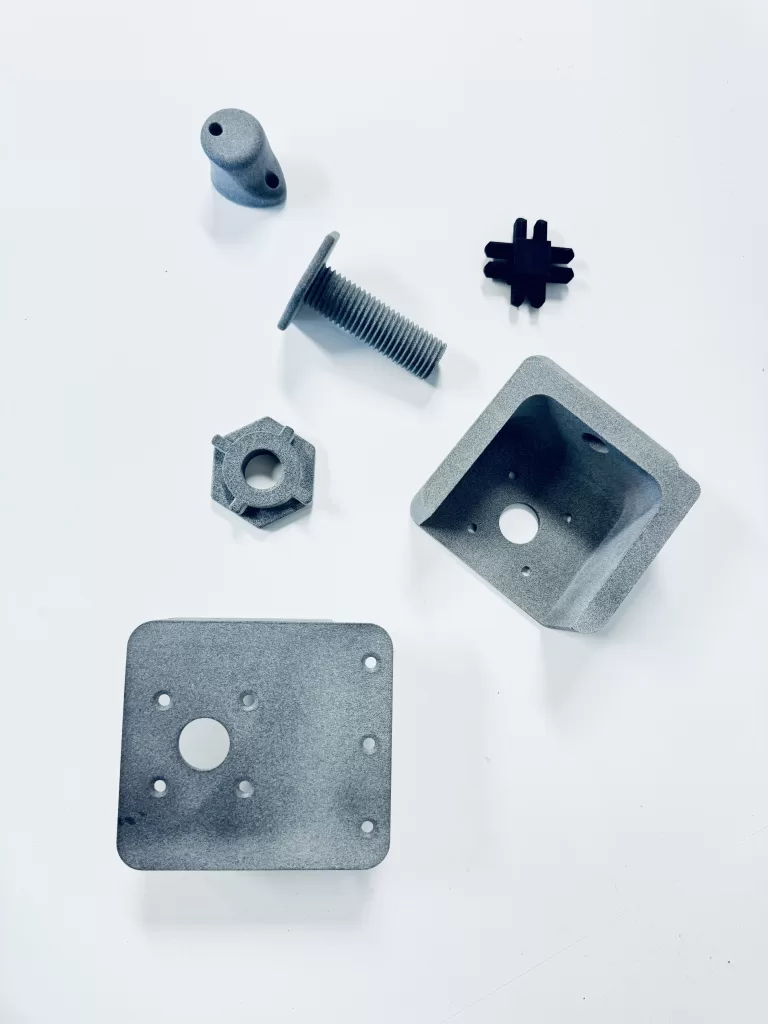
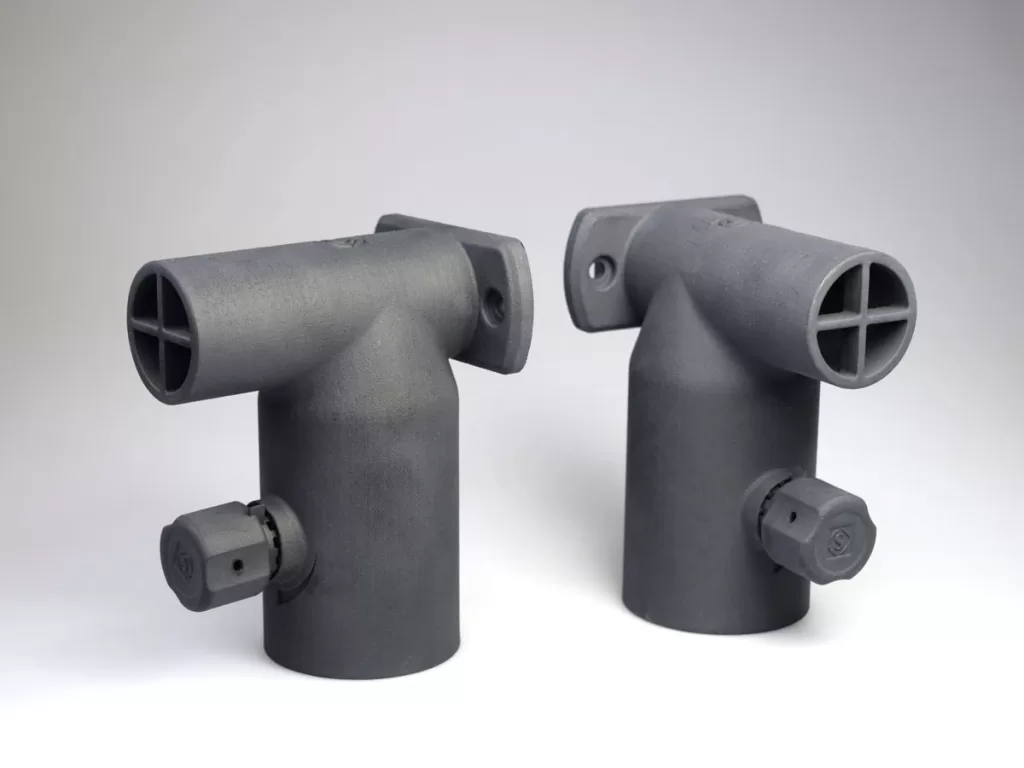
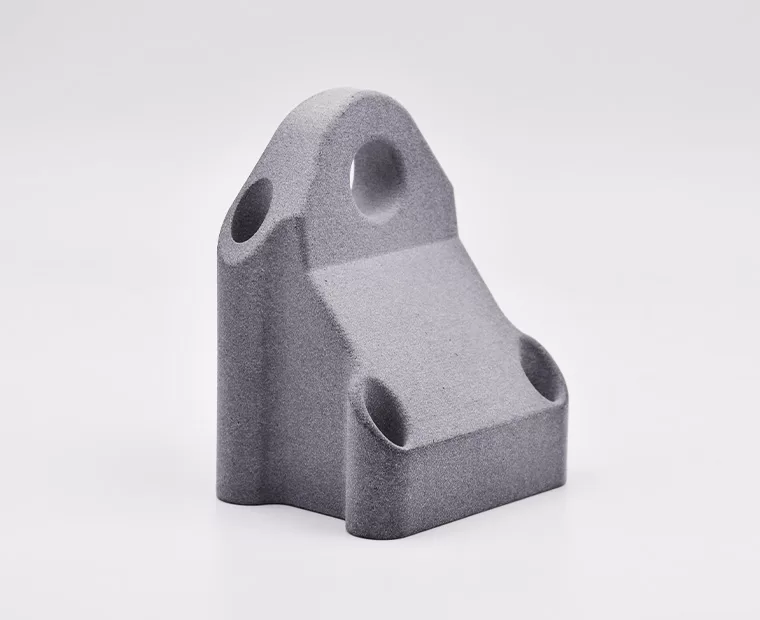
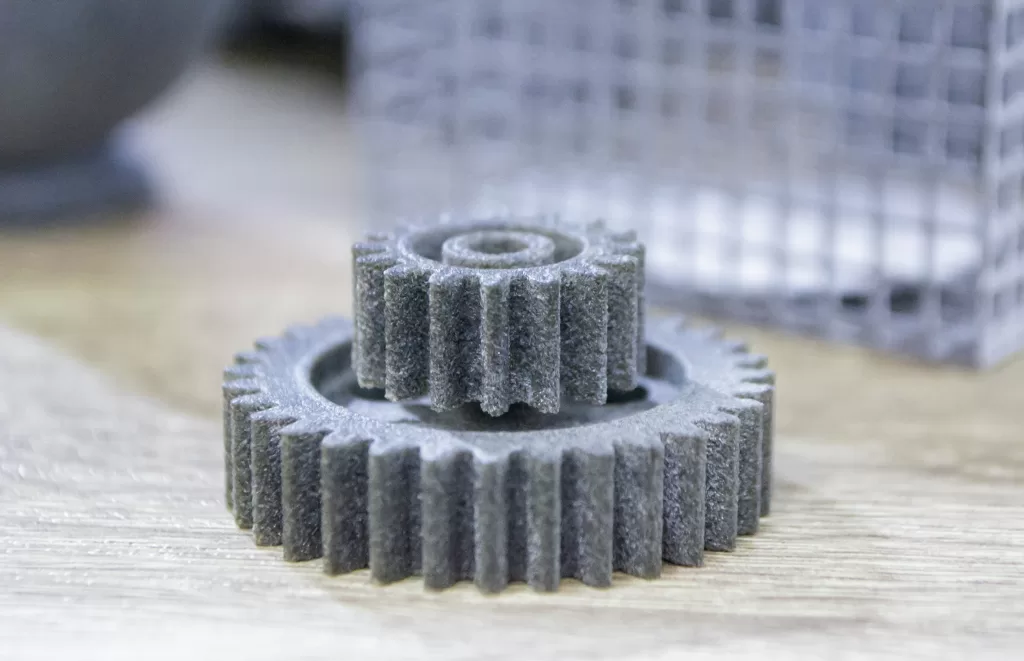
Real-world study cases.
Husqvarna Group Case Study
IHusqvarna Group, a Swedish global leading producer of outdoor power products for forest, park, and garden care reached out to a design team who specialize in providing industrial-grade replacement parts that drive positive environmental, customer experience, and economic impact.
They worked together to identify parts that could be made more efficiently and sustainably through additive manufacturing.
Because the additive-manufactured parts will be stored digitally and produced on demand in any quantity, transitioning to additive manufacturing eliminates the supply chain costs of traditional manufacturing, such as warehousing costs, high minimum order quantities, unnecessary material waste, part obsolescence, working capital tied up in tooling and inventory.
Read the whole article.

Ursus Case Study
IUrsus is an Italian company with over 50 years of history in the field of metalworking and bicycle components. Magnus H.02 is a handlebar designed for racing bicycles. Ursus faced the challenge of tailoring the handlebar to fit various frame models available on the market. Their goal was to create customized solutions to ensure that the handlebar could adapt perfectly to each frame.
To achieve this, they considered creating different spacers to adjust the height of the linkage for various frames. However, due to the low production volume needed for each customization, traditional injection molding was not economically feasible.
As a solution, the Ursus team decided to test the HP Multi Jet Fusion 3D printing technology. Using MJF, they could produce functional prototypes or finished parts with excellent mechanical and aesthetic qualities. This technology offered significant savings in both design and prototyping, reducing the available budget and development time by up to 20 times.
Read the complete article.
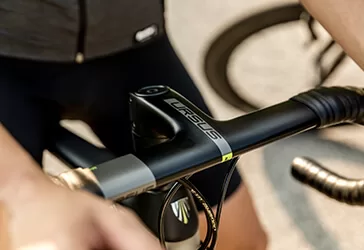
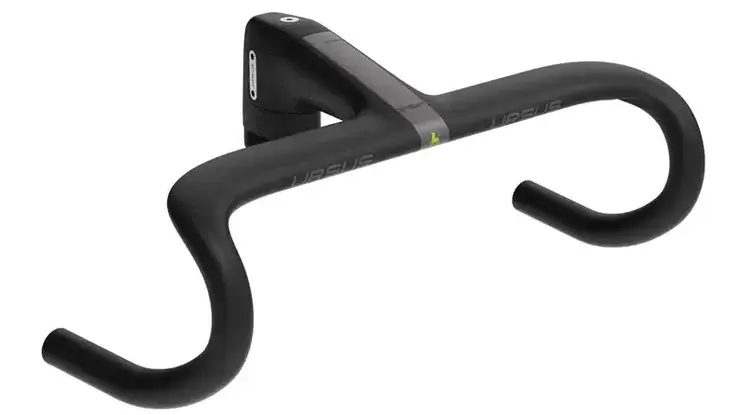
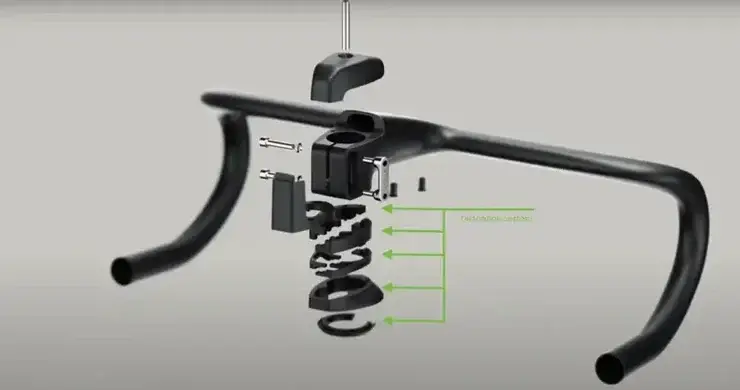
HP Case Study
IOne of HP’s clients needed parts for a fruit-labeling machine, the traditional manufacturing technique like CNC machining was expensive, especially for short runs of complex parts.
The company saved $32,000 by making a vacuum applicator fitting with HP Multi Jet Fusion technology instead of traditional machining. The engineering team appreciated the design flexibility offered by this additive manufacturing method, which builds parts layer by layer, unlike subtractive methods like CNC machining which are more restrictive. This newfound freedom allowed them to tailor 3D printed tools and replacement parts to fit existing spaces, rather than designing machines around the parts. They also found 877 additional opportunities to apply this technology.
Read the complete article.
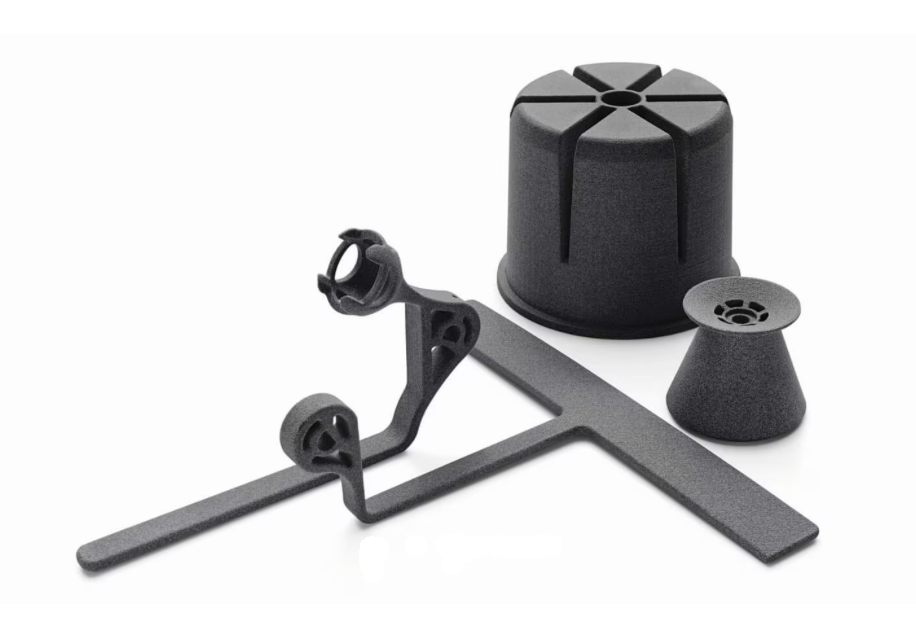

IWhat can we do for you?
At , we can help you build a digital library with the spare parts you need, manufacturing them on demand to reduce your costs and inventory-related losses. For parts that are now obsolete and difficult to find, we can scan them and convert them into CAD files, allowing you to store them in your digital library as well.
Contact us for or information, we are always happy to help. CLICK HERE!